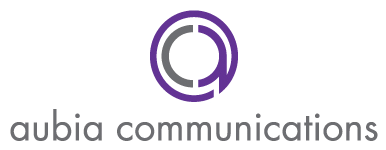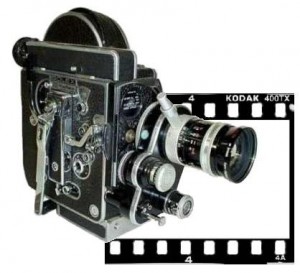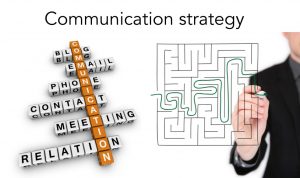The first step in the four-part Strategic Communications Planning process is research. Before embarking on any plan, you need to figure out what the situation is, who needs to be reached, and what you need them to do to achieve the desired results. Research is usually a brushed-over step in the process due to time or budget constraints. Employers or clients just want to see tangible action, so there is a rush to start doing tactics. Without research, though, you don’t even know if those tactics will achieve the results you need, and you can’t establish a baseline to measure effectiveness against in the evaluation stage.
When you begin to plan what research you will need to conduct, there are certain terms you need to know.
Primary v. Secondary
Primary research is research you conduct yourself, such as a focus group you host. Secondary research is research you base on the work of someone else, such as a literature review of what has been studied before about reaching publics in inner-city neighborhoods.
Formal v. Informal
Formal research is objective research you can quantify and replicate, such as content analysis. Informal research is not standardized, though just as useful, and others won’t be able to achieve your exact results, such as man-on-the-street interviews.
Qualitative v. Quantitative
Qualitative research is research that provides a depth and insight into the subject matter but through methods other than numerical. In focus groups, for example, you can get a better idea of why people hold a particular belief, but you won’t be able to determine that 43 percent of the target public holds that belief. Quantitative research is research that provides that numerical base. Through a formal survey, you can determine that 43 percent of the target public holds a particular belief.
Validity v. Reliability
Validity is the term in research that means you actually studied what you set out to study. Did your research actually find out what you meant to find out? If so, your case is valid. If not, you missed the mark for validity. Reliability is the term in research that means your measurements can be repeated with the same results in future trials. If so, you case is reliable. If not, your case can’t be relied on to be repeated. Think of it as a bullseye on a target. If you’re valid, you will hit the bullseye. If you’re reliable, you will consistently hit the same area on the target.
Research Methods
There are a variety of ways to obtain the information you need to create a successful Strategic Communications Plan. Each method has its strengths and weaknesses, and you will need to decide which ones best meet your needs and budget.
Survey
A primary, formal and quantitative research method, the survey can provide you with valuable information about how a segment of your public believes, feels or acts. Beware, though, of wording your questions and potential responses with bias or information that you can’t use. Also, you want to have a sample size that will bring about the most accurate results. As a rule of thumb in the industry, you aim for a random sample size of at least 384. Depending on your subject matter and form of questionnaire (email, phone, mail, etc.), your sample size can vary as can the cost to conduct this method. Questionnaires are now easier than ever to create, though, with services like SurveyMonkey and PopSurvey.
Interview
Depending on how it is conducted, the interview can vary on what type of research method it is. If open-ended questions are posed, this will result in informal and qualitative responses. If questions follow a strict script of closed answers, then the interview will yield formal and quantitative responses. Open-ended interviews can help you get in-depth information not available through more standardized methods like a survey. Interview questions, like the survey, need to be carefully developed to avoid leading or biasing the subject. Access to key players is a concern that needs to be addressed before deciding on this avenue.
Content Analysis
A secondary, formal and quantitative research method, the content analysis allows you to study materials and messages related to your subject matter. This is a very standardized research method using coding mechanisms to identify trends. Depending on your expertise level, you may consider seeking assistance for this method.
Case Study
A primary, informal and qualitative research method, a case study investigates a subject to understand what has worked and what hasn’t worked in the past. Best used with “how” and “why” questions, case studies are very involved methods that use literature reviews to determine what research is already out there on a subject. (I’m currently conducting a case study on the need for employee multicultural communications programs, using Robert K. Yin’s book “Case Study Research: Design and Methods.” I highly recommend this book if you want to delve into case study research.)
Focus Group
A primary, informal and qualitative method of research, focus groups bring a segment of your target public together to delve into open discussion to learn about their beliefs, feelings and actions. Again, the facilitator for focus groups must be cautious to word questions without leading or bias, and it is recommended the researcher not facilitate but observe these groups.
Research is vital to the success of a Strategic Communications Plan. The more of it you do at the beginning, the better you will be able to evaluate at the end. What is your preferred research method?




